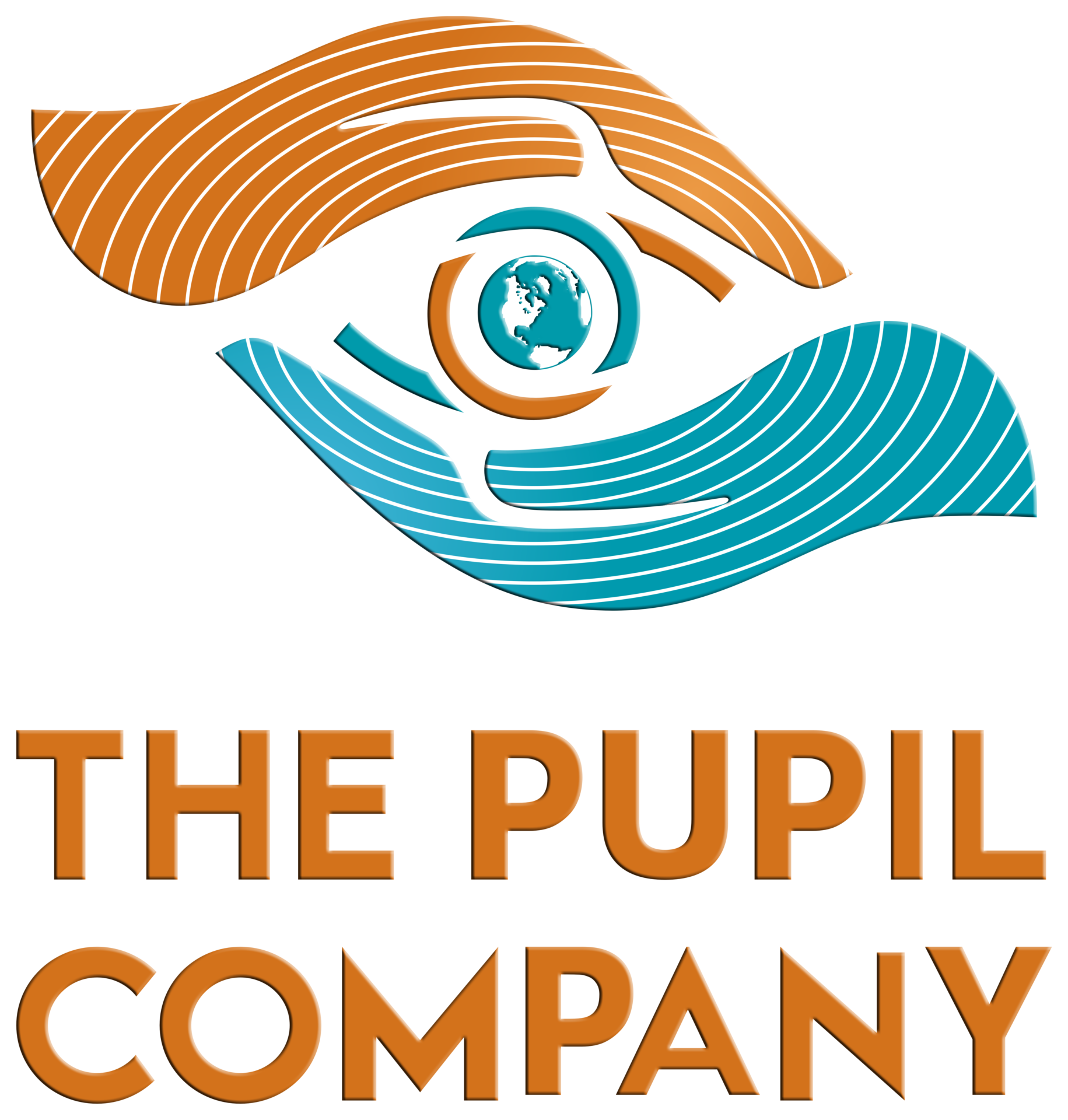You’d be hard pressed to find a student in the United States that has not heard Martin Luther King’s speech delivered on August 28, 1963.
I would wager that you could quote the words;
I have a dream that my four little children will one day live in a nation where they will not be judged by the color of their skin but by the content of their character.
But, could most recollect the rest of the speech?
Could most remember that Dr. King drew a line between the promises written in the Constitution and the abdication of those promises in everyday life in the United States?
Could most recall that Dr. King explored the importance of political representation and its lack for the American Negro was a condemnation of the United States?
Could most recollect that Dr. King expounded on the importance of access to private business for equality to truly exist?
No- I’d wager not; that’s not the way that minds work. The mind feels the impact of the line that hooks, but couldn’t possibly dedicate bandwidth for an entire presentation; even if it’s the greatest speech in American history.
In any communication system there are two very important categories; signal and noise. The signal is the vital information, the information that is meant to stick. The rest is noise.
The genius of Dr. King’s message was a distillation of a 15 minute speech into a single line so dense with meaning that it was able to hook into the mind of the hearer and distill a million sentiments into a single sentence.
It used the noise of the rest of the speech to amplify the signal; building noise into a crescendo to highlight the signal. In this way every word was important even though a single line is all that was widely remembered.
So, how does this apply to your E-learning courses?
It is vital to identify, understand and properly communicate the signal, the most important information, for each. individual section of your module. Here are some helpful tips along the way:
1) The placement of information is just as important as the clarity of its delivery.
It’s vital to remember where your most vital piece of information falls within the module goes a long way to ease recall for your learners. Information at the beginning and the end is going to stand out the most.
2) Repetition is not your enemy.
Reinforcing vital information through repetition is incredibly important for learners as they seek to commit new skills to memory.
3) Limit the amount of information presented.
Addressing a thousand different topics in a single breath is no different than addressing none. Less is more. Brevity is king.
4) Leveraging multiple senses to reinforce a single message will lead to better recall.
Focusing on limited information to ensure clarity and recall does not mean that the information needs to be stale. One way to ensure freshness is to vary the senses that you target in your coursework. It’s very important to spend the time to think about the colors you utilize, the sounds that your learner experiences during the presentation of vital information, and the actions your learners are meant to perform when they interact with the “signal” of your course.
What’s YOUR Vision?

